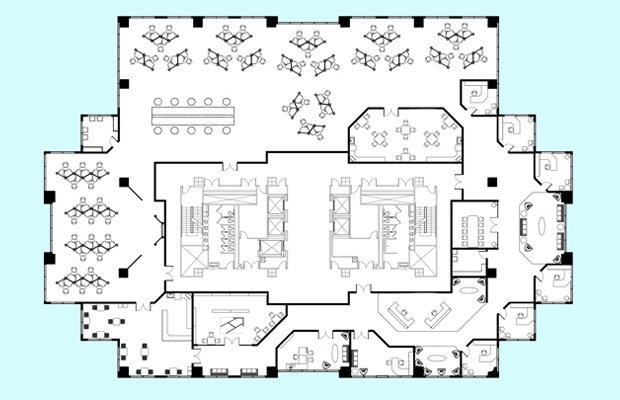The way we measure space is central to how we resolve building tensions. For many years, the method for measuring space had been based upon an organisation chart; allocating workstations to individuals on the basis of their status. However this is a rigid way of making decisions and can reduce the overall productivity of your business. This way of thinking restricts the ability to enjoy the benefits of agile working and takes little account of what people do on a day-to-day basis. Even small organisational changes such as a promotion can lead to costly and disruptive changes in office layout.

The introduction of technology
Technology has changed this, not only by allowing us to work in new ways, but also measure how we use workspace and make better-informed decisions about office design and management. Early facilities management technologies helped with this to some degree, but now we’re in a new era that offers us sophisticated measurement tools like occupancy sensors, developed to align with new agile working practices and the empowerment of individuals.
You may be interested in the white paper: “Filling the void.”
A changing focus for property
A complex debate has grown up around the way in which organisations use commercial property, not least when it comes to implementing more agile and collaborative forms of working. The major complicating factor is how to square off a relatively fixed resource like a building with the demands of its occupants, which can change from day to day. Add in the need to keep costs down and you are left with a heady mix that drives organisations to get more out of their assets, not just cut costs.
It all begins with a greater understanding of how your asset is being used and the identification of opportunities to get more from it.
The catalyst for change
So how do you gain an accurate picture of how your space is being used without putting cameras and tags everywhere? Occupancy sensors. The wireless sensors can be used to monitor the physical space whilst keeping the information anonymous and HR-friendly. The sensor technology collects data that shows an organization exactly what space is being used. Through the power of this data, businesses can confidently drive decisions and designs to help create an agile workspace that works for their employees.